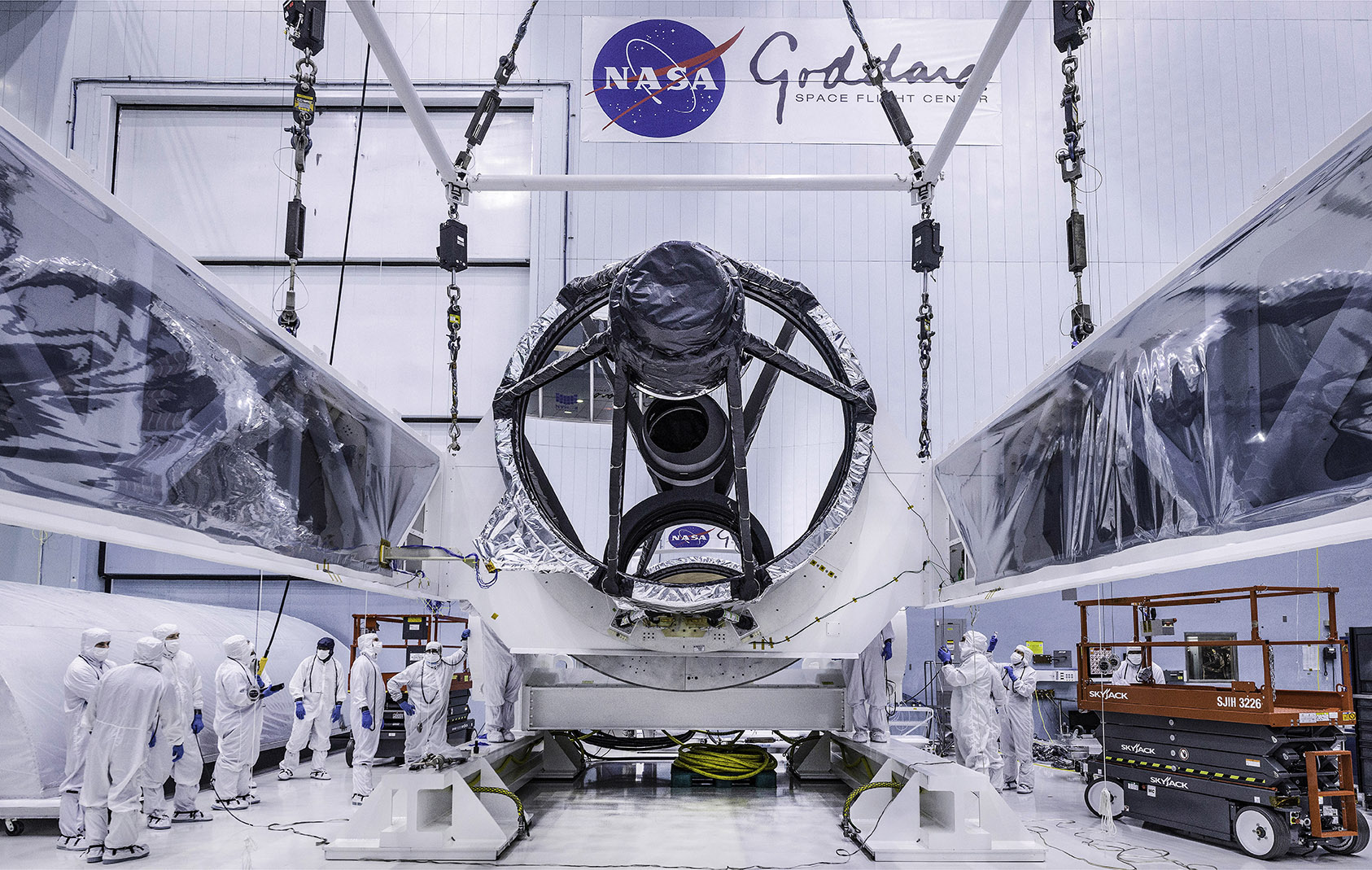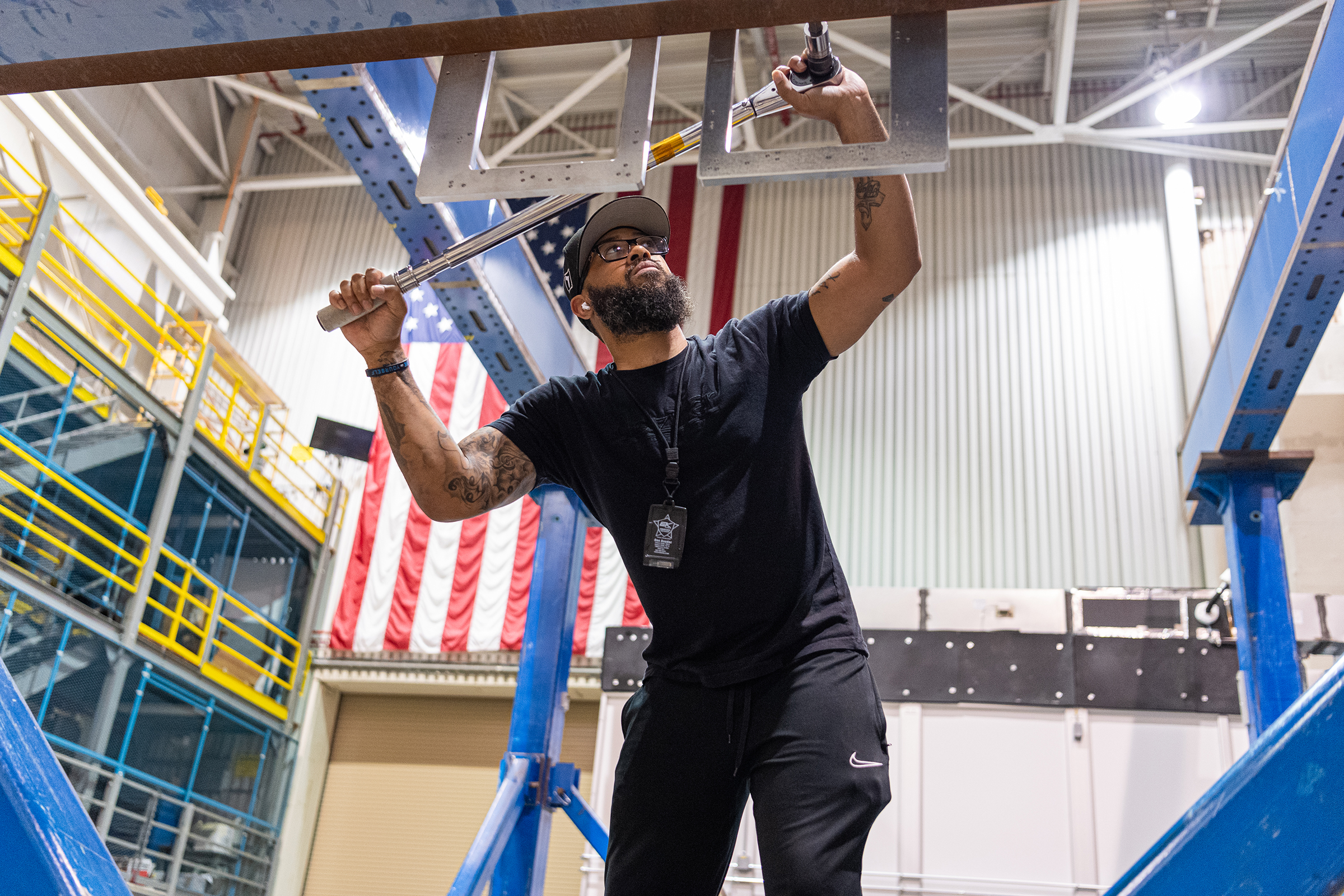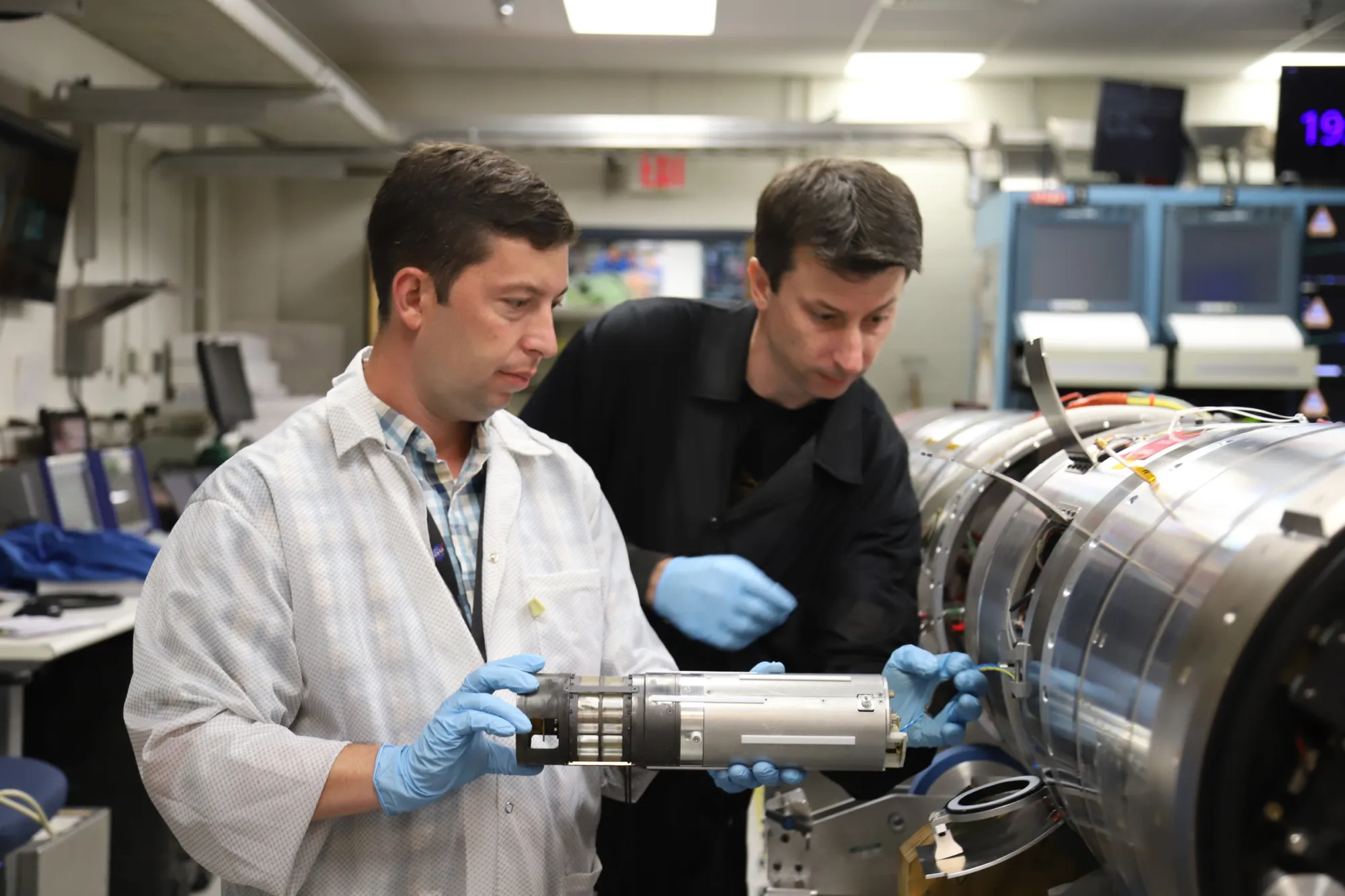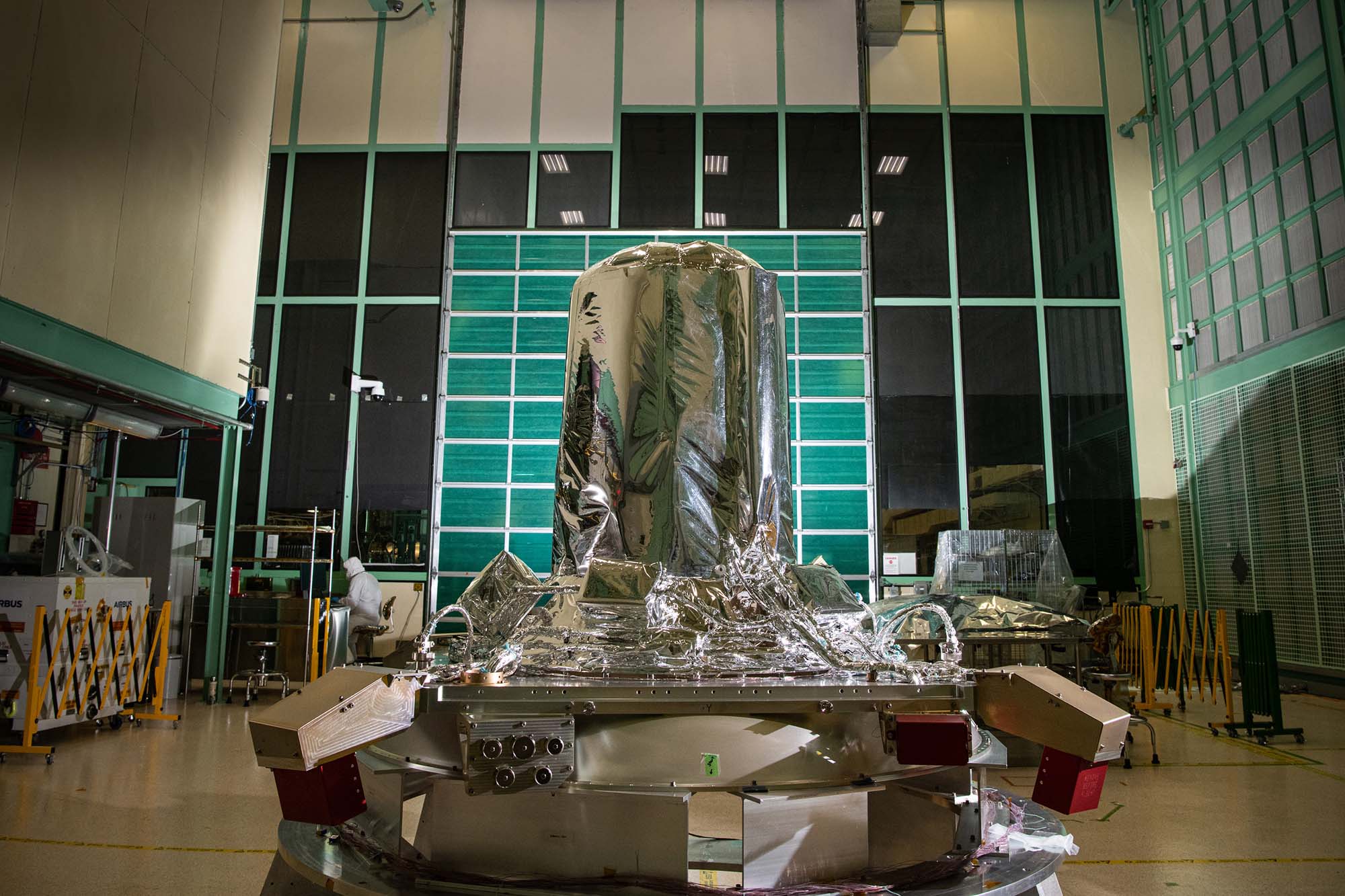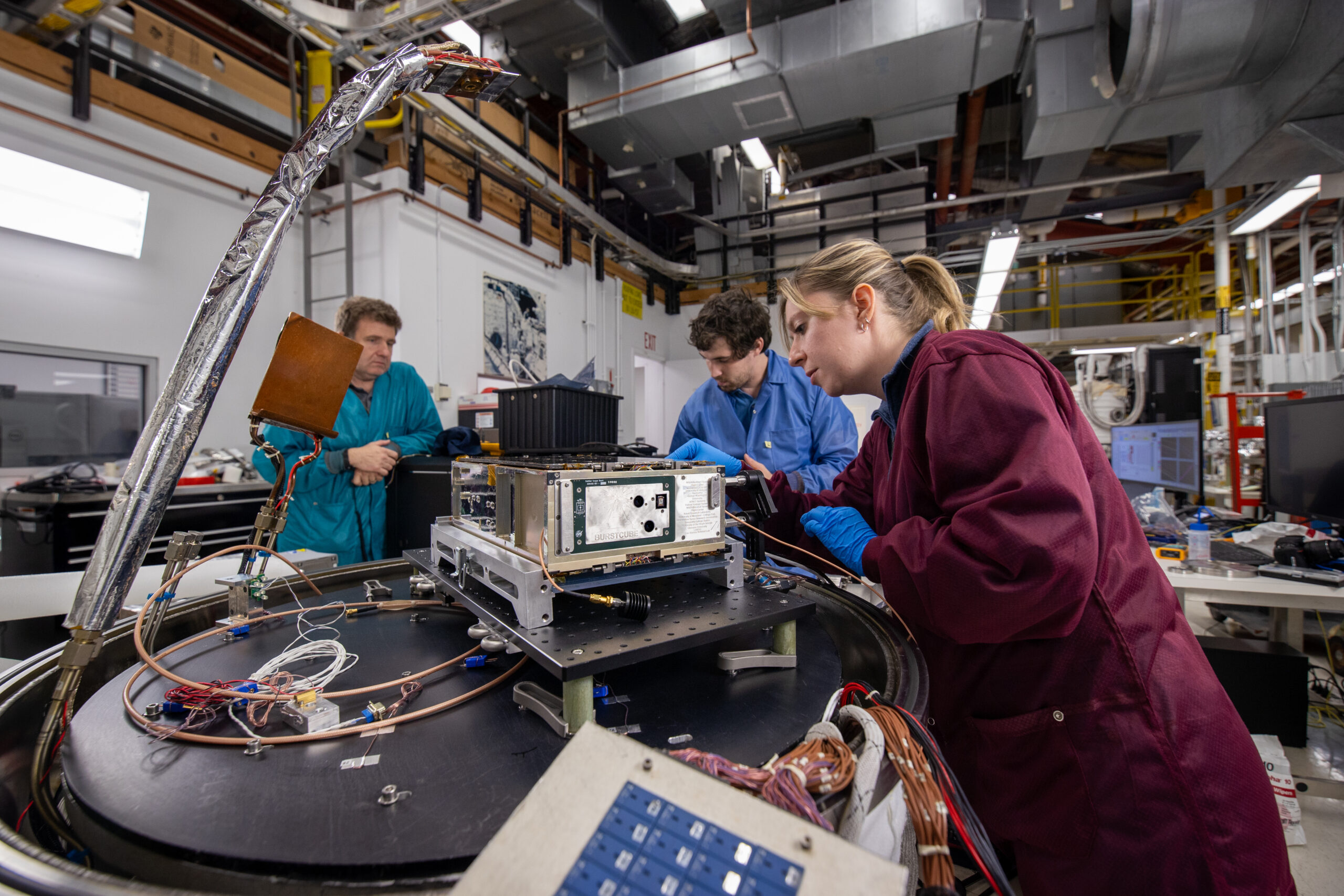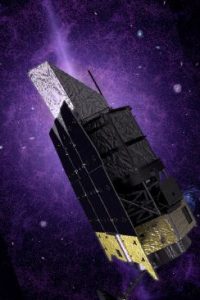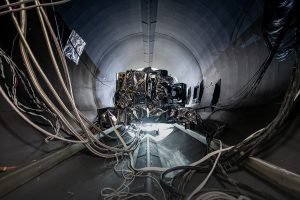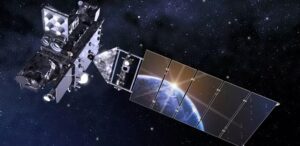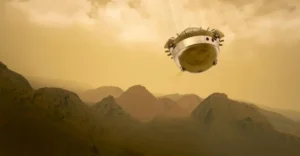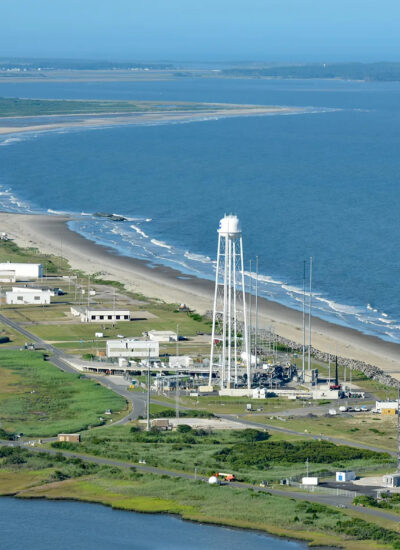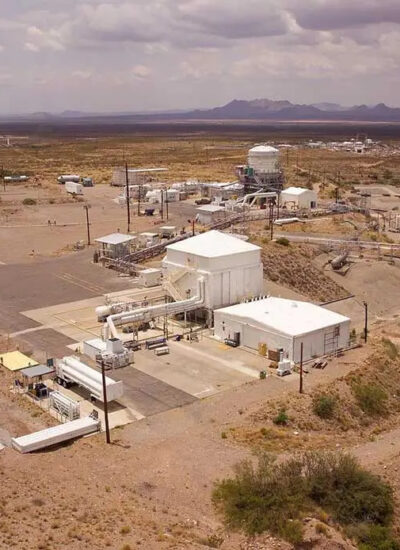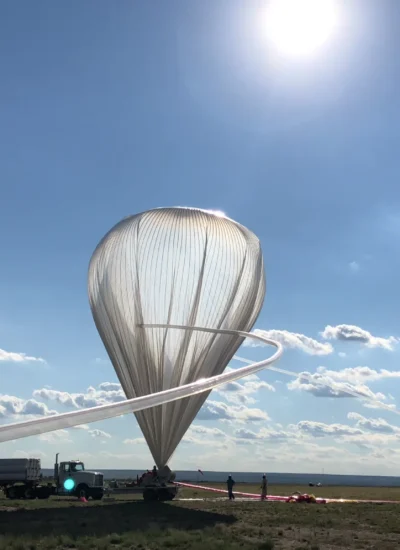Building what has never been built before,
to discover the unknown.
At Goddard, the engineering workforce within ETD develops and builds new technologies that enable spaceflight missions. The engineering staff builds and oversees satellites, instruments, and their operation. The workforce’s new products and processes infuse into the space economy to benefit American technological advancement, capability, and dominance.

Enabling NASA’s Mission
NASA Goddard Space Flight Center’s Greenbelt campus is home to the nation’s largest organization of scientists, engineers and technologists who conceive, design and build new technology to study the solar system and universe.
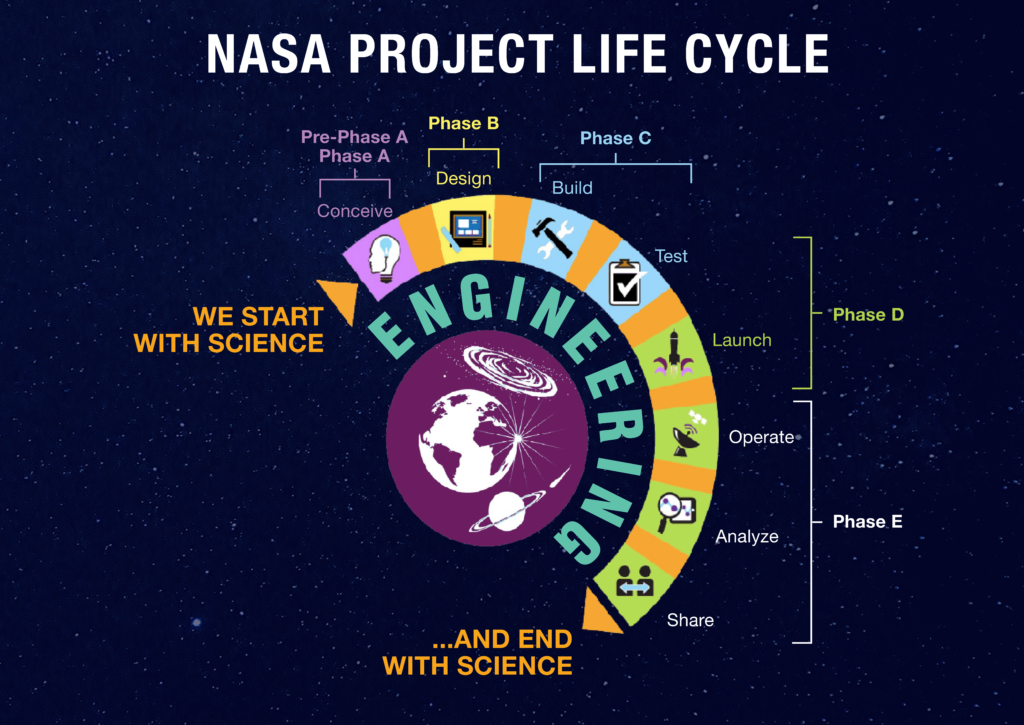
- The largest organization at Goddard is the Engineering and Technology Directorate. It is home to approximately 1,300 civil servants and 2,000 contractors who provide multidisciplinary engineering expertise to critical NASA missions.
- The ETD’s areas of expertise include advanced technology, hands-on experience for successfully executing space science missions, and a world-class systems engineering approach.
- At Goddard, it all begins and ends with science. We derive and share information, solutions, and technology for the benefit of all NASA, the Nation, and the World.
Our Work
The Engineering and Technology Directorate (ETD) is the engine that powers Goddard. ETD provides multi-disciplinary engineering expertise for the development of cutting-edge science and exploration systems and technologies.
ETD Featured Stories
Explore featured stories, engineering news and information from leadership teams, the ETD’s work, education programs and outreach.

